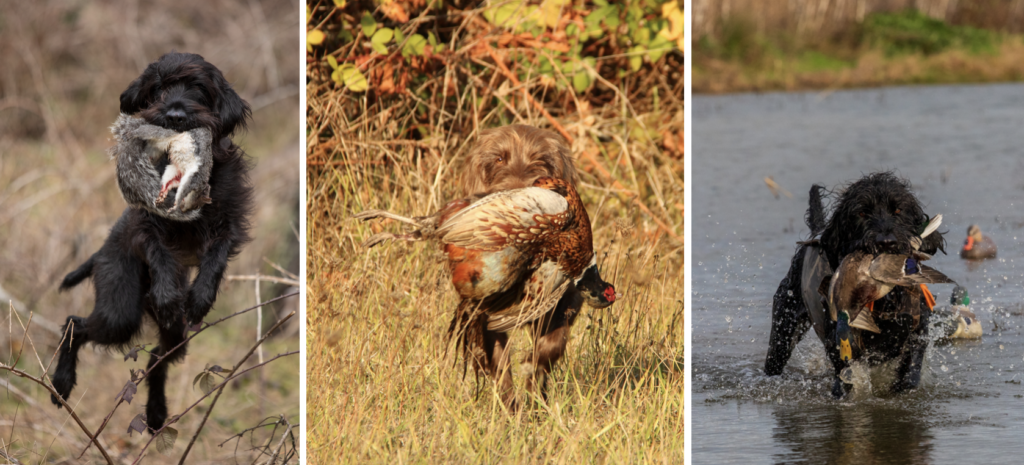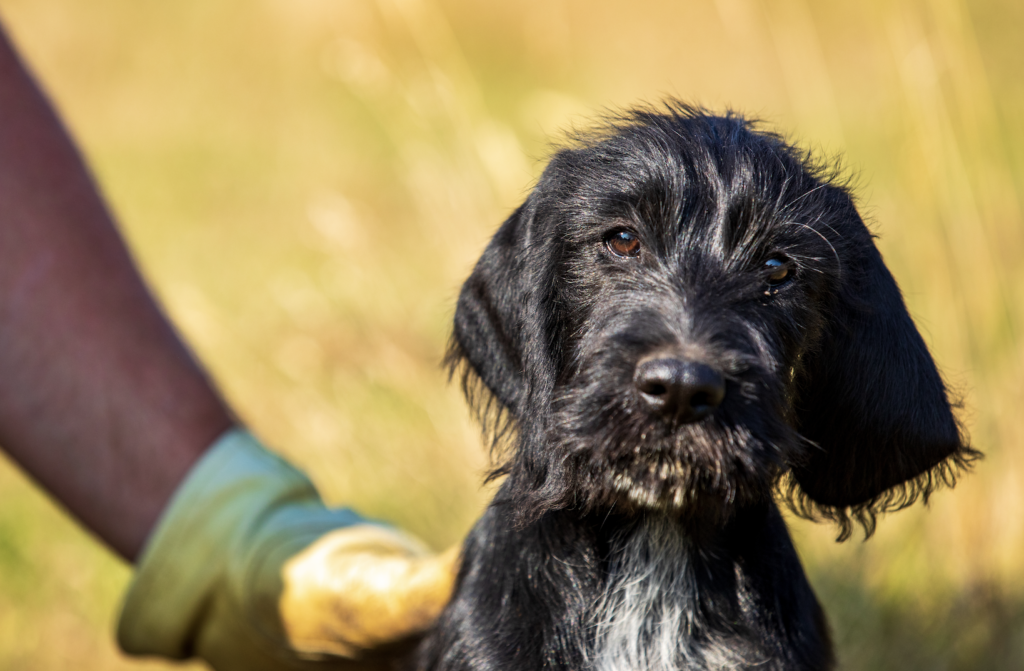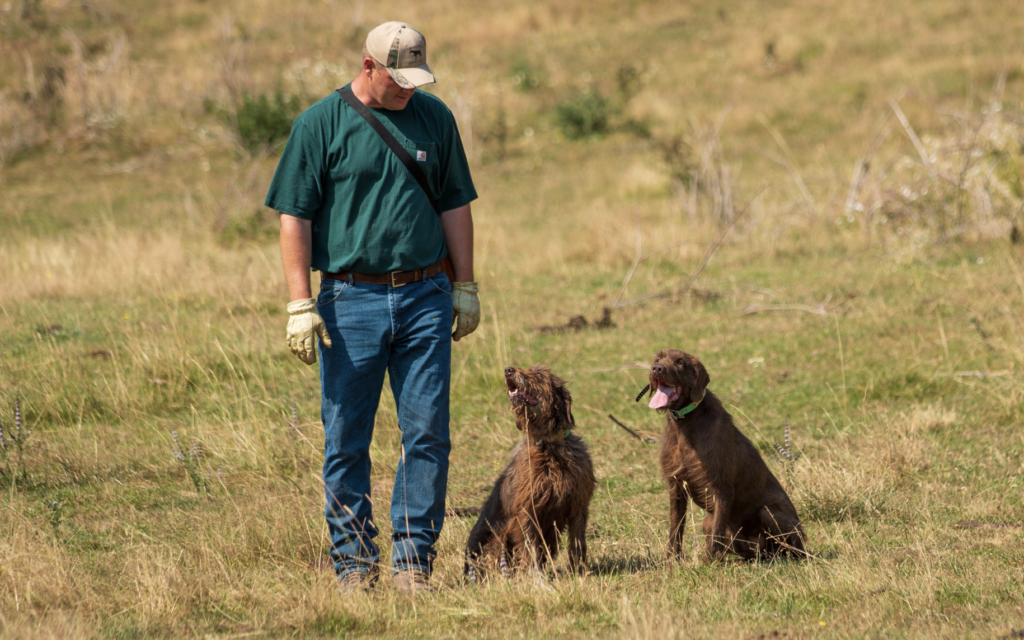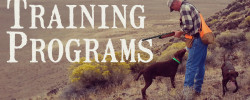This is the latest magazine article we were interviewed for by Scott Haugen. It appeared in the Feb. 2023 issues of Northwest Sportsman and California Sportsman magazines. Because a lot of you don’t get these magazines, we wanted to share the content with you, directly.

If you pay close attention to your hunting dog, you know it watches every move you make. It looks closely at you when you get out of your favorite chair and it can tell by your demeanor whether you’re getting up to grab a snack during a break in the football game or taking them outside to potty.
When gearing up for the hunt, your dog can tell by the look on your face when it’s time for them to stop so you can put their vest on. Or whether or not it’s okay for them to run ahead of you when walking to the hunting locale. They know when the hunt is over and it’s time to go home, without you saying a word.
By looking at you, your dog knows when you’re getting frustrated, and likely, why. Their tail wags when you laugh, even if you’re not looking at them. If you’re a duck hunter, your dog knows by the look in your eyes when birds are approaching. Or, if you’re like me, you watch your dog’s eyes, because they spot way more ducks than we do, and usually sooner than we can.

Spend time getting to know your dog and you’re very aware that it tries reading your mind in an effort to please you. But do you look at your dog’s body language, facial expressions and eyes to try and read their mind? Do you know how they walk when they’re ready to go to the bathroom, how their ears hang when happy, sad, or in pain? Do you know how your dog is feeling, what it’s thinking, and what its next move is going to be? If not, you should, because dogs communicate through body language and facial expressions, just like humans do.
“One of the biggest obstacles I deal with is teaching dog owners how to read their dog,” shares Jess Spradley of Cabin Creek Gun Dogs in Lakeview, Oregon. Spradley is one of the best known and most respected dog trainers in the country. He’s patient, loves working with all gun dogs, and spends a lot of time getting to know the dogs he’s training.
“A lot of people bring me dogs for simple training,” continues Spradley. “Whether they want me to teach it to whoa, sit at blind, or not break on the shot, it’s all simple stuff, really.”
Spradley spends time watching a dog before he begins training it. He notes its demeanor, attention span, how it makes eye contact, and its body behavior. Then he proceeds, slowly and very patiently. “I don’t want the dog to be shocked by any of my movements or commands. I keep communication simple and calm. While the dog’s reading my mind, I’m doing the same to it, so I can anticipate what my next move should be.”
Once the dog is trained, Spradley has the owner come pick it up. Before taking it home, Spradley spends time teaching the owner how he trained their dog so the owner can proceed in training the dog the same way. “One thing people need to realize is that training never, ever ends,” Spradley offers. “From the time you bring a pup home to the time it dies, every day is a training day, whether you’re on a hunt, training in the field, or hanging out at home. And reading a dog’s actions plays a big part in how you communicate with and respond to your dog.”

Inevitably, Spradley gets calls from many owners of dogs he’s trained, saying the dog is back to displaying the same unwanted behavior. “I just ask if they’ve worked with their dog like I showed them, and usually the response is ‘No, I’ve been too busy.’ First of all, it’s easy to look at your dog and see by the way it’s acting, if it’s going to try getting away with something or slip back into that unwanted behavior; that’s what dogs do, push control to the limit and this is where owners have to pay attention and can’t give in. Second, if you don’t have time to interact with a dog, then maybe now’s not the time to have one.”
Spradley is known for being one of the top breeders of Pudelpointers in the country. These are highly intelligent dogs that are sensitive and have a strong desire to please their owner. “It never ceases to amaze me, how much training you can do without actually saying a word,” concludes Spradley. “Get a dog that respects you and wants to please you, and it’s easy to teach them to do what you want them to do.”
For those of you who are parents, think back on how you raised your kids and how many times you directed their behavior without saying a word. When it comes to dogs, it’s no different. Once you pay attention to your dog’s expressions and behaviors, you’ll be amazed at how powerful eye contact and body posture can be in getting your dog to do the right thing.


